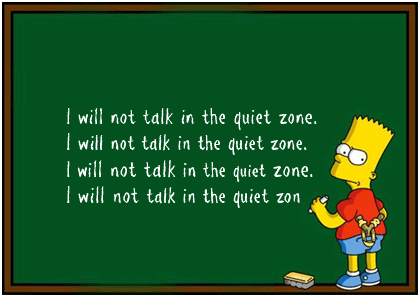Back in the day when I was covering religion fulltime, I always knew I could score a front page story if I prepared a large feature for Easter Sunday. That was always the day that my editors were looking for “something religious” to please the church-attending readers. Other reporters did this as well, as it was one of the few days in the year that our work could shine.
Lots has changed, obviously, judging from the front pages of some of the newspapers I perused this past Easter Sunday. My former employer, the Houston Chronicle, had nothing local. Ditto for the Los Angeles Times, Seattle Times, Oregonian and even the Salt Lake Tribune –- usually reliable to at least run something Latter-day Saint related — came up short.
One bright light: Up river from the Oregonian, the Vancouver Columbian ran a huge spread Easter Day on St. Luke Productions, a Catholic theater company (that I’ve written about here and here) that’s based in southwest Washington and travels the country doing amazing portrayals of Catholic saints. See, it can be done.
A few outlets ran a pope-observes-Easter wire story from the Associated Press, but that was it. I looked at the Washington Post, which had a bit more, including a story about a local church opening up for the first time since COVID-19 started plus a piece on how pandemic-ravaged Italy is observing Easter.
The New York Times ran a mishmash of opinion pieces, including one from an English prof who wasn’t sure if Jesus had resurrected or not and one from a prof from Wheaton College urging readers to remember Easter is more than a spring celebration. There was a jewel of a piece on Jesus’ wounds and — in the Times wedding section — a beautifully photographed story about a Nigerian-American couple whose first kiss was on their wedding day. The story was snark free; a true Easter miracle.
I know it’s a challenge to come up with original Easter (and Passover) story ideas year after year, but it can be done and many of us did it.
Most of the religion content I saw yesterday was relegated to the opinion pages and kept away from news content, which is a troubling shift from religion-as-news to religion-in-the-realm-of-feelings. There’s plenty of the former available, but where’s the will to dig out those stories, especially the biggest one that happened yesterday that no one reported on?
That was the premiere of Season 2 of filmmaker Dallas Jenkins’ very successful “The Chosen” TV series. It’s the first multi-season TV series about the life of Christ, and 74,346 people raised $10 million for Season 1, which came out last year. That amount made “The Chosen” the largest crowdfunded media project –- ever.







